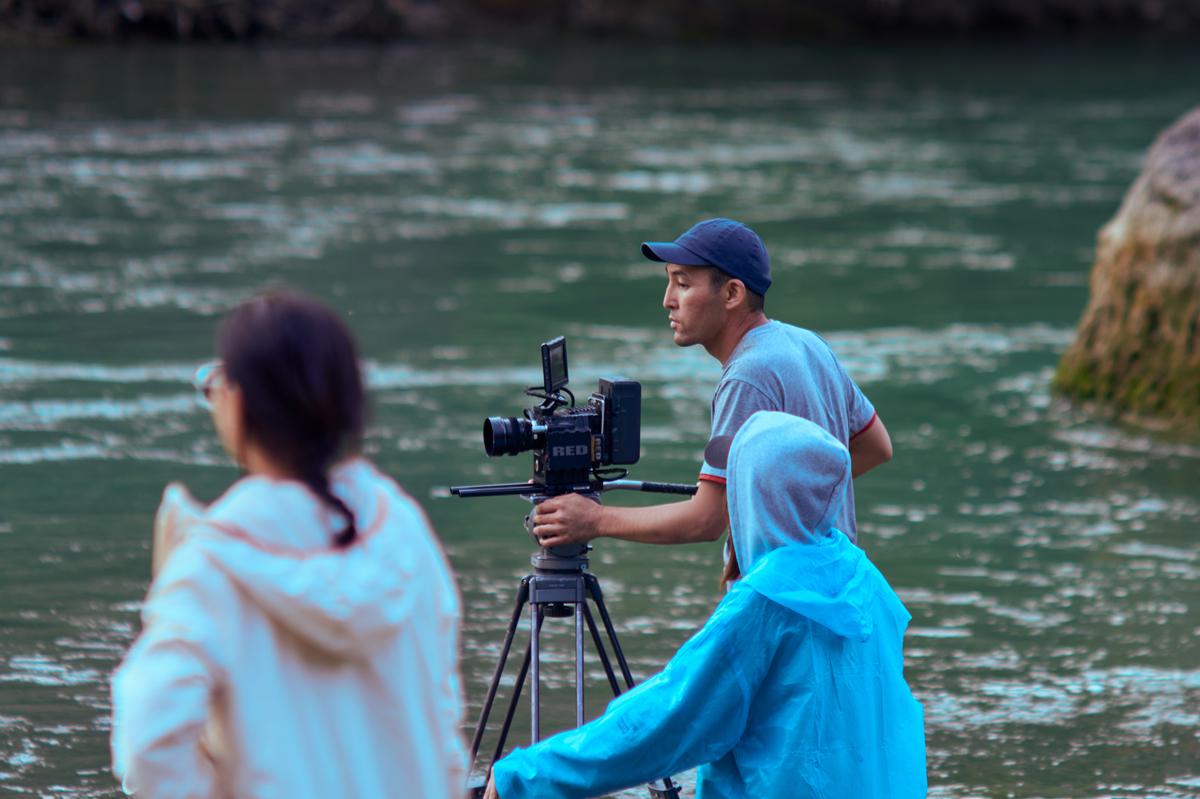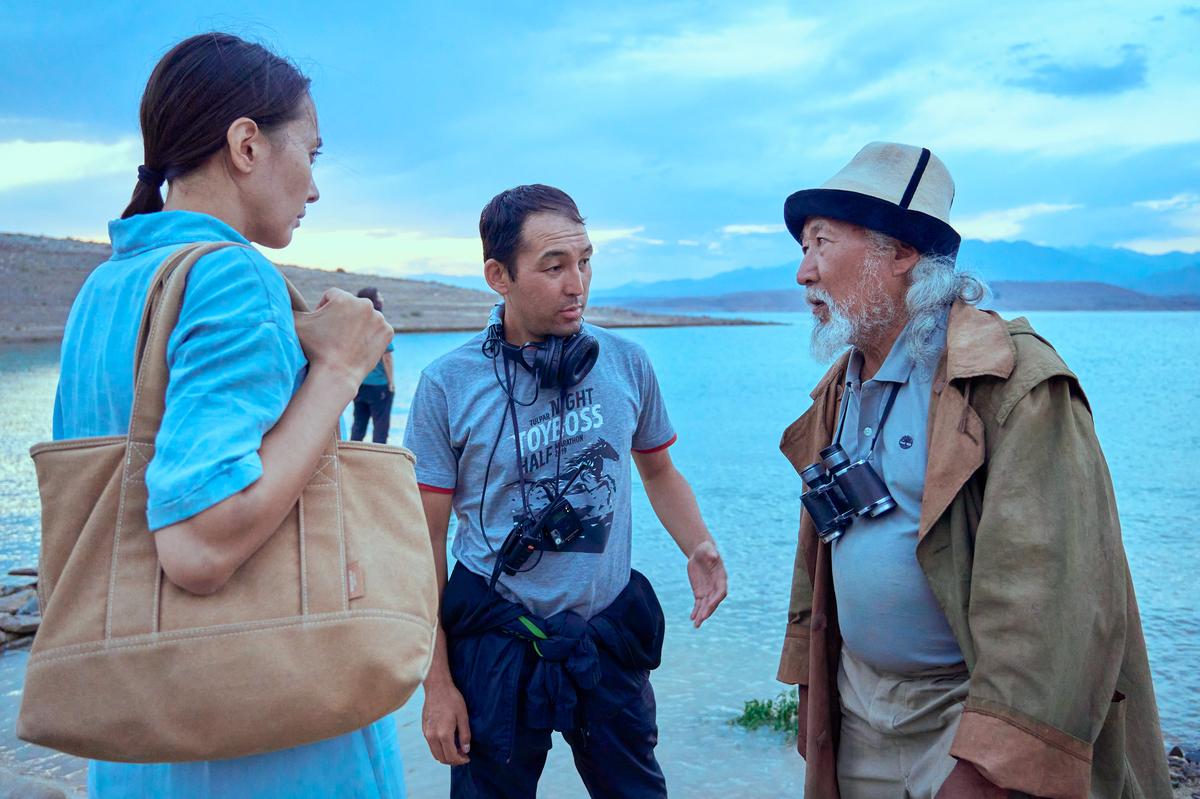Sunny Deol comes out of memes this week, demanding an apology from naysayers. Taking a break from the western front, the original one-man army fires a salvo on the Coromandel coast. When Bollywood takes a break from Muslim terrorists, it reincarnates Ravan to take on the hero. A decade after Shah Rukh Khan rode on Chennai Express, Sunny gets on to a saffronised Ayodhya Express with the thumping chants of Jai Shri Ram playing in the background to take on Ranatunga, a fierce antagonist from Sri Lanka who is ruling a landmass in coastal Andhra with the help of a corrupt system.
Sunny’s father, Dharmendra, uprooted many such Hukumat up north in the 1980s. With the Hindi heartland increasingly becoming out of bounds for mainstream commercial cinema to situate tales of a politician-criminal nexus, Sunny recycles the formula, flexes muscles down South, and shows that even in his 60s, he is the real bulldozer.
Known for directing action-comedies, writer-director Gopinath plays on the strong-headedness associated with Jat farmers in popular culture to create a boisterous contraption of action and aggression with a dose of self-referential humour. Sunny is repeatedly called a crack for his bull-headed approach, but it is his determination that wins him the fight.
A Bollywood star seeking the services of a filmmaker from the South to revive his mojo is not new. Like Salman Khan, Sunny also likes to play flawless characters, but unlike A.R. Murugadoss in Sikandar, Gopinath creates a brutally bloody actioner to keep the target audience hooked. It begins like a Western where our desi cowboy asks for food at a ramshackle food joint in a deserted village. As he is about to have his piping hot idlis, a gang of hot-headed ruffians walks in. One of them rams into his plate, soiling his idlis and spoiling his mood. Sunny demands an apology, but the rowdies and their mentors keep passing the buck, creating a running joke until Sunny reaches Ranatunga (Randeep Hooda), who has created his own Lanka where his wife (Regena Cassandra) and mother are also complicit in gruesome violence.
Jaat (Hindi)
Director: Gopinath Malineni
Cast: Sunny Deol, Randeep Hooda, Vineet Kumar Singh, Regina Cassandra, Saiyami Kher
Run-time: 160 minutes
Storyline: Plagued by injustice and brutality, an Andhra village awaits a saviour. One day, an outsider, who calls himself Jaat, discovers the sorry state of affairs and decides to take on the system.
As in Baby John, the makers seem to be baying for blood. Bodies are beheaded, children are maimed, and women are violated with impunity. The bloodshed and graphic violence in the film cry for an adult certificate, but unlike Varun Dhawan, Sunny looks Ghatak enough to gouge out an eye for an eye. With his force of conviction, anything can defy gravity, and no root is deep enough not to be exterminated.
Like Shah Rukh Khan’s Jawan, somewhere beneath the surface, there is a layer of subversion where the son of the soil takes on the powers that be for selling the resources of the indigenous people to foreign players. Like Atlee, Gopinath masks the male saviour sentiment by putting a set of brave women around Sunny. Combining the ‘Jawan and Kisan’ narrative, he is not as poetic as Manoj Kumar. However, the mayhem Sunny unleashes has a rhythm, accentuated by Thaman S’s background score.

Jaat gives the villain his due. Going back and forth in time, Gopinath creates a solid base for Ranatunga to leap. Randeep is in a rumbustious mood. He chews the scenery with a devilish drawl and stands his ground against the force of Sunny. As the brother of Ranatunga, Vineet Kumar Singh, who has a purple patch, provides an extra layer of intrigue to the plot. Coming from a different school of acting, Randeep and Vineet don’t play the growling game of Sunny, making it an interesting contrast in the crossfire of dialogue.
However, the problem with Telugu masala in general and Gopinath in particular is that, at present, it is a little too tilted towards style, giving substance a short shrift and throwing subtlety out of the window. The cultural specificity gets lost in this intermingling of North and South. It creates an experience where like action, even the emotion feels choreographed. In his heyday, Ram Gopal Varma used supporting actors from the south with immense impact, but here, Jagapathi Babu doesn’t add much to the narrative. The violence is explicit, where severed heads are captured like money shots, and crimes against children, young women, and the old are used to manipulate the audience. If you can leave the discerning palate behind, this mass feast is for you to savour.
Jaat is currently running in theatres
Published – April 10, 2025 10:33 pm IST








































